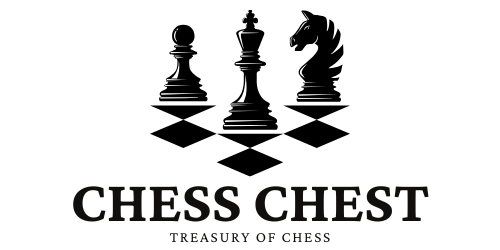Houdini Chess has long been a respected name among chess engines, known for its unique approach to position evaluation and tactical strength. However, with the rise of powerful competitors like Stockfish and Leela Chess Zero, some players wonder if Houdini remains a top choice or if it’s becoming outdated. In this article, we’ll take an in-depth look at Houdini Chess, examining its strengths, unique features, and potential limitations to determine whether it’s still one of the best chess engines available—or if it’s overrated.
Strengths of Houdini Chess
Houdini Chess has earned a loyal following over the years, largely due to its unique approach to evaluating positions and strong tactical play. Here’s what makes Houdini stand out:
- Exceptional Tactical Depth: Houdini is renowned for its ability to find creative, tactical solutions in complex positions. Its tactical prowess allows it to uncover moves that may seem counterintuitive but ultimately lead to advantageous positions.
- Efficient Use of Resources: Houdini is optimized to run efficiently on most systems, meaning players can enjoy high-level analysis without needing advanced hardware. This makes it accessible to players who want strong analysis but lack powerful computers.
- Flexible Engine Settings: Houdini offers customizable engine parameters, allowing users to adjust settings like search depth and hash size. This flexibility lets players tailor the engine to their specific analysis needs.
- Strong in Blitz Analysis: Houdini performs well in fast, blitz-style games and analyses, making it a popular choice for players who want rapid yet reliable insights in shorter games.
Unique Features of Houdini Chess
Houdini has developed features that set it apart from other engines, making it a useful tool for specific types of players.
- Tactical Emphasis: Houdini’s analysis style is particularly beneficial for players who want to improve their tactical skills. Its evaluations often prioritize moves that lead to tactical opportunities, helping users recognize patterns and tactical motifs.
- Compatibility with Multiple GUIs: Houdini works seamlessly with popular GUIs (Graphical User Interfaces) like Arena and ChessBase, allowing users to enjoy its features within the interface they’re most comfortable with.
- Customizable Playing Style: Players can adjust Houdini’s style to make it play more aggressively, defensively, or positionally, depending on their training goals. This makes it a flexible tool for practicing specific strategies or preparing for opponents with particular styles.
Potential Limitations of Houdini Chess
Despite its strengths, Houdini does have a few limitations, especially when compared to the latest generation of chess engines.
- Lack of Neural Network Integration: Unlike modern engines such as Leela Chess Zero, Houdini relies on traditional algorithms rather than neural networks. This can limit its ability to “learn” positions in the same way that neural network engines do, leading to differences in how positions are evaluated.
- Slower Development Pace: Houdini’s development has slowed in recent years, leading some players to question whether it can keep up with faster-evolving engines like Stockfish. The lack of frequent updates can result in the engine feeling outdated for players who prioritize the latest analysis techniques.
- Premium Cost: Houdini is a paid engine, which can be a drawback for players who are looking for high-quality free alternatives like Stockfish and Lichess’s integrated engine.
Is Houdini Chess Still Worth It?
Whether Houdini Chess is still worth using depends largely on what you’re looking for in a chess engine. For players who value tactical depth, flexible settings, and compatibility with popular GUIs, Houdini remains a solid choice. However, those who prioritize cutting-edge technology, like neural network integration, or frequent updates may find Stockfish or Leela Chess Zero to be better options.
Summary
Houdini Chess has a long-standing reputation for delivering strong tactical analysis, efficient performance, and customizable settings, making it a powerful choice for many players. However, with newer engines offering neural network capabilities and more frequent updates, some users may feel that Houdini is losing its edge. Ultimately, Houdini remains a solid option for players focused on tactical improvement and those who prefer a traditional analysis style, but it may not be the best fit for those seeking the latest in engine innovation.




